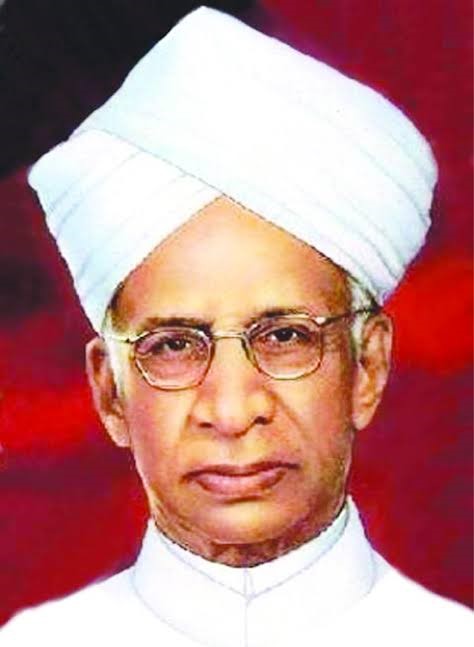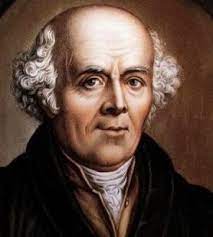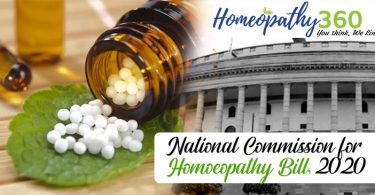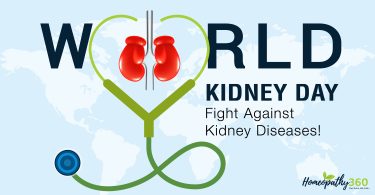
Since its inception about two centuries back, homoeopathy has witnessed the emergence of a myriad approaches to treatment as well as to learn homeopathy. And today we stand here, gazing intently at the horizon of the wide spectrum of practices in the homeopathic world! The very esteemed former president of India, Dr. S. Radhakrishnan once said-
“Homeopathy did not merely seek to cure a disease but treated a disease as a sign of disorder of the whole human organism. This was also recognized in the Upanishad which spoke of human organs as a combination of body, mind and spirit“
The present-day world of alternative medicine encompasses a variety of schools of thought and approaches to the practice of homoeopathy. Each one differs from the other not only in their basic laws and principles, but also the method of making a prescription. However, no one approach can be considered complete and perfect. You may be astounded by the various methods on which a prescription can be based, if you read the 30 chapters of this wonderful work named ‘Principles of Prescribing’ by Dr. K. N. Mathur.
The Organon of Medicine reads-
“The physician’s high and only mission to restore the sick to health, to cure, as it is termed”
also, it says in the second aphorism,

“The highest ideal of cure is rapid, gentle and permanent restoration of health, or removal and annihilation of the disease in its whole extent, in the shortest, most reliable, and most harmless way, on easily comprehensible principles”
In his book, Group Study in Homoeopathic Materia Medica, Dr. J. D. Patil elucidates the principles of learning, practicing and prescribing Homeopathy through the age-old concept of Group Study in Materia Medica which makes it far easy for a young budding homeopath to practice homeopathy in modern clinical scenarios.
Learn how to use the Group study approach from Dr. E A. Farrington through his work ‘Cinical Materia Medica’ – a classical work that illustrates groupwise discussion on drugs followed by a few special chapters on individual drugs, and including comparative materia medica borne out of the author’s clinical experience.
Abiding strictly by the classical method, as given by Hahnemann, four cardinal principles are to be followed in every case. These are:-
Law of Similars ie prescribing one medicine at a time which is most similar to the picture of the disease of the patient.
Law of minimum The quantity of medicine which would produce the least possible excitation of the vital force yet bring about cure in the most gentle and harmless way.
Law of simplex “Hahnemann insists on prescribing a single and simple medicinal substance at a time in a particular case.
Doctrine of Totality, about which, Stuart Close, in his book ‘The Genius of Homeopathy says-
“The totality of the symptoms is the true and only basis for every homeopathic prescription”
Grasp the essence of the organon and learn the philosophical basis of Homeopathy from Dr. Nagendra Babu who has elaborated upon the Organon of Medicine by Dr. Hahnemann and included the life histories of stalwarts of the field in his book Comprehensive Study of Organon – An absolutely sure-shot guide map of the Organon of Medicine.
“Homeopathy would pay an important part in the public health of the country along with other systems. Medical facilities in India are scanty- Homeopathy can confidently visualize a vast field of expansion”.
Dr. S. Radhakrishnan





